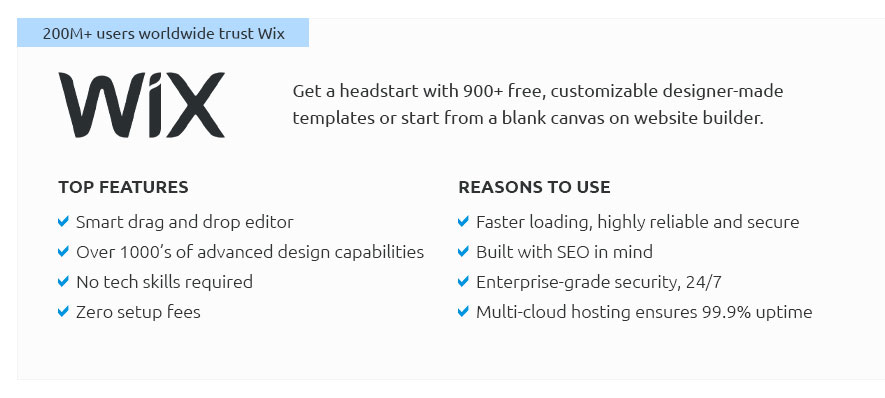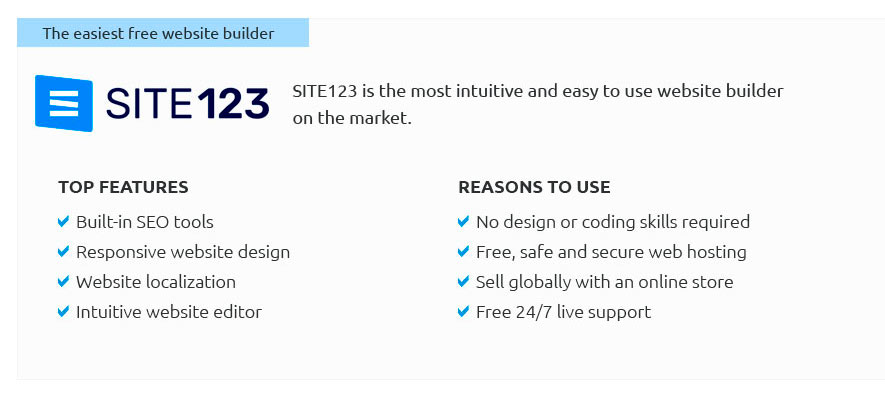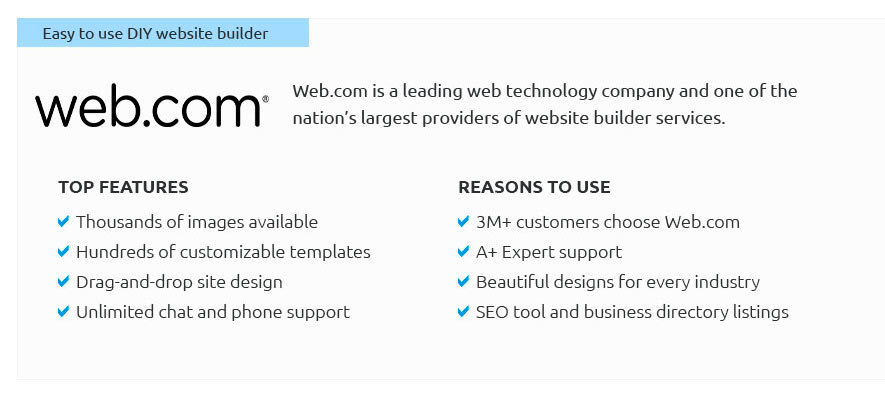 |
 |
 |
 |
|
 |
 |
 |
|
 |
|
 |
 |
|
 |
|
 |
|
 |
 |
How to Set Up a Website: A Comprehensive GuideCreating a website today is an essential skill for both businesses and individuals, as the digital landscape continues to expand. Whether you're looking to launch a personal blog, a professional portfolio, or a full-fledged online store, the process of setting up a website can initially seem daunting. However, with the right guidance and a bit of patience, you can navigate this task with relative ease. Here’s a step-by-step explanation to help you get started. Step 1: Define Your Purpose and GoalsBefore diving into the technical aspects, it's crucial to have a clear understanding of what you want your website to achieve. Is it to showcase your creative work, sell products, or share your thoughts on various topics? Having a defined purpose will help guide your design choices and content strategy, ensuring your site serves its intended function effectively. Step 2: Choose a Domain NameYour domain name is your website’s unique address on the internet, and it should reflect your brand or the content you plan to publish. Ideally, it should be short, memorable, and easy to spell. Once you've brainstormed a few options, check for their availability using a domain registrar like GoDaddy or Namecheap. If your preferred name is taken, consider alternative extensions such as .net or .co. Step 3: Select a Web Hosting ProviderWeb hosting is essentially renting space on the internet for your website. There are many providers to choose from, each offering different features and pricing plans. Some popular options include Bluehost, SiteGround, and HostGator. When selecting a host, consider factors such as uptime reliability, customer support, and scalability to ensure your site can grow with your needs. Step 4: Choose a Content Management System (CMS)A Content Management System makes it easier to create, manage, and modify content on your website without needing extensive technical knowledge. WordPress is the most popular CMS due to its flexibility and user-friendly interface, but there are other platforms like Joomla and Drupal that might better suit specific requirements. Whichever CMS you choose, ensure it aligns with your website goals and offers the necessary plugins or extensions to enhance functionality. Step 5: Design Your WebsiteNow comes the creative part: designing your website. If you’re using WordPress, you can choose from a plethora of themes, both free and premium, to establish the visual style of your site. Ensure the design is clean, responsive (mobile-friendly), and reflective of your brand. If you're inclined towards a more customized design, consider hiring a web designer or learning basic HTML and CSS to tweak your site's appearance to your liking. Step 6: Develop Quality ContentContent is king, and the quality of your content will significantly impact the success of your website. Create engaging, informative, and valuable content that resonates with your target audience. Incorporate multimedia elements like images and videos to enrich the user experience, and optimize your content for search engines by using relevant keywords strategically. This step is often underestimated, but it's crucial for driving traffic and engagement. Step 7: Implement SEO Best PracticesSearch Engine Optimization (SEO) is essential for increasing your website's visibility in search engine results. Utilize tools like Google Analytics and Google Search Console to track your site’s performance and identify areas for improvement. Focus on both on-page SEO (optimizing individual pages) and off-page SEO (building backlinks) to enhance your site's authority and reach. Regularly updating your content and maintaining a blog can also help boost your SEO efforts. Step 8: Launch Your WebsiteBefore launching, thoroughly test your website to ensure all links work, pages load correctly, and there are no grammatical or typographical errors. It's also wise to have a few friends or colleagues review the site for feedback. Once you're satisfied, it’s time to go live! Announce your launch on social media, through email newsletters, and any other channels you have access to. This initial push will help draw visitors to your new site. Step 9: Maintain and Update RegularlyYour work doesn’t end at launch; ongoing maintenance is key to a successful website. Regularly update your content, check for broken links, and ensure your CMS and plugins are up to date to protect against security vulnerabilities. Engage with your audience through comments and social media to foster a community around your site. Regular maintenance not only improves user experience but also positively impacts your SEO rankings over time. In conclusion, setting up a website involves a series of deliberate steps that, when executed properly, can establish a strong online presence. While the process may seem complex at first, taking it one step at a time and continuously learning and adapting will lead to success. Remember, your website is a living entity that evolves with your goals and audience, so embrace the journey and enjoy the creative freedom it offers. Good luck! https://answers.microsoft.com/en-us/windows/forum/all/how-to-website-server-setup-by-microsoft-only/227b167e-4eb9-4688-8f3c-d77011ce7384
Microsoft will not setup a website for you. The company does not provide a service like this. You can get a custom domain/email address if you ... https://www.siteground.com/tutorials/getting-started/start-new-website/
Once you select the domain name for your site on step one of the website setup wizard, you will be redirected to the second step, where you will have to ... https://wordpress.com/support/five-step-website-setup/
Build Your Website in Five Steps - Step 1: Establish Your Site - Step 2: Design Your Homepage - Step 3: Create More Pages - Step 4: Set Up Your Menu - Step 5: Add ...
|